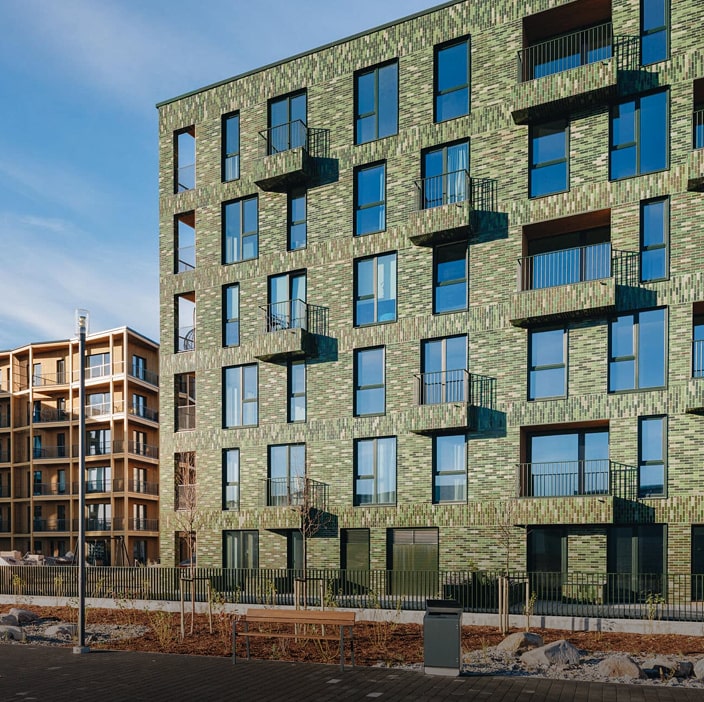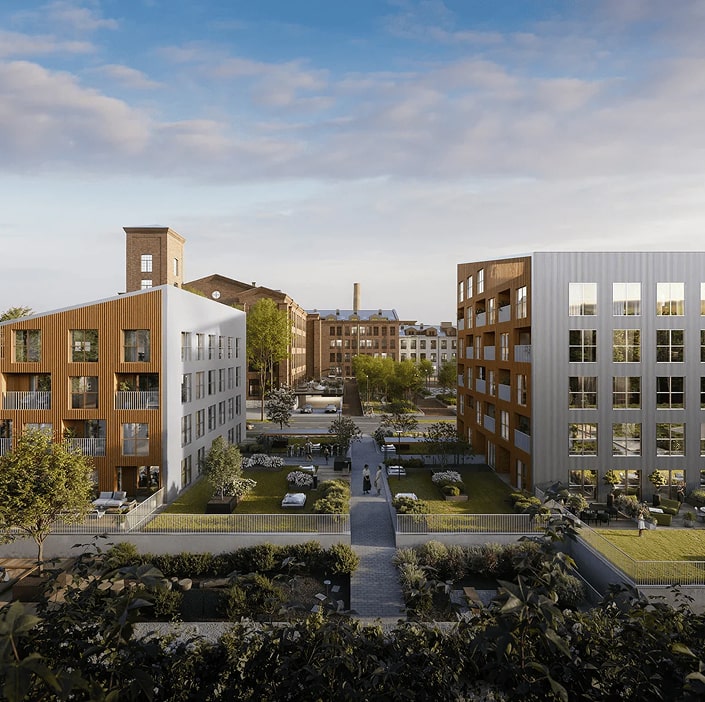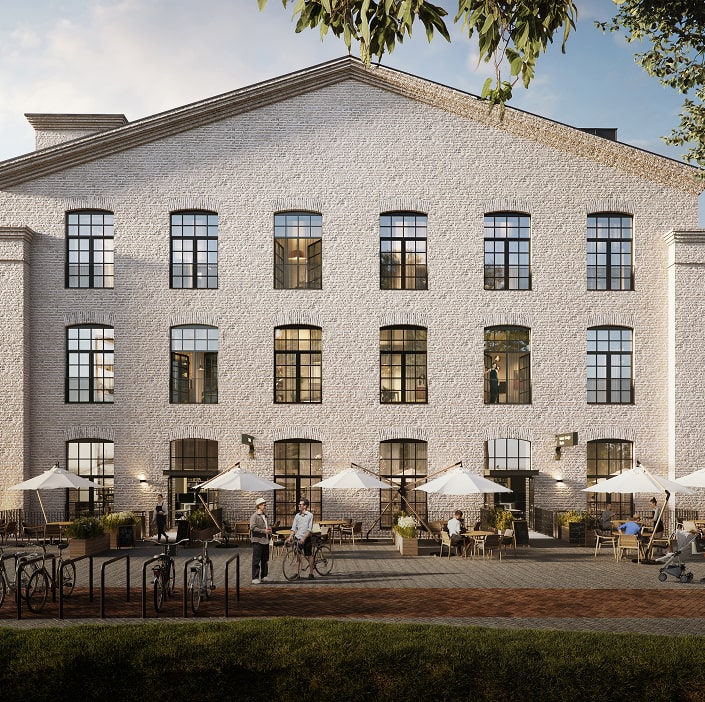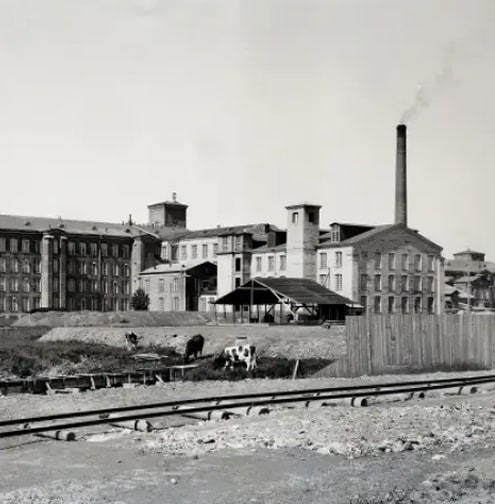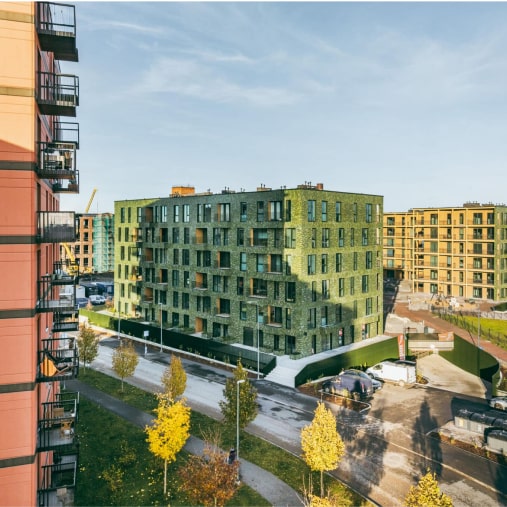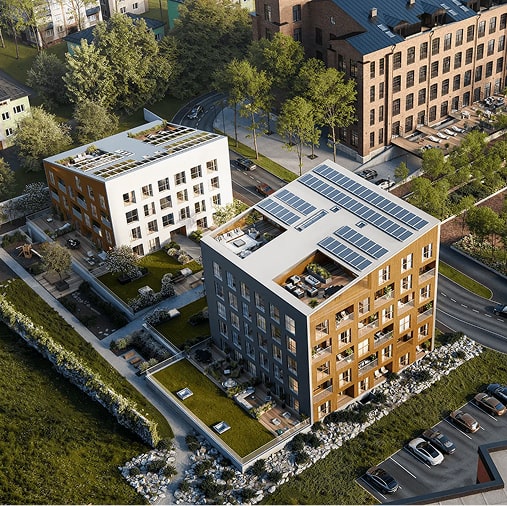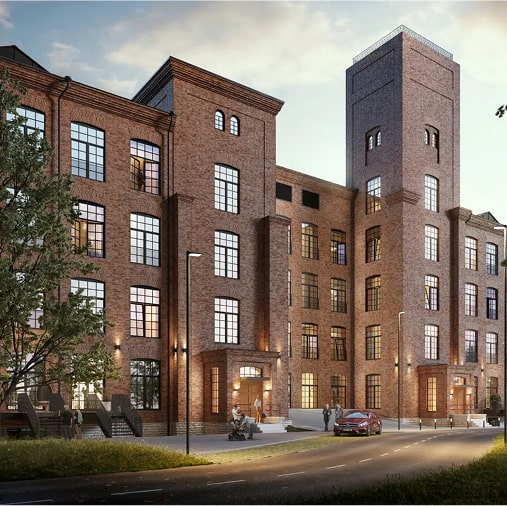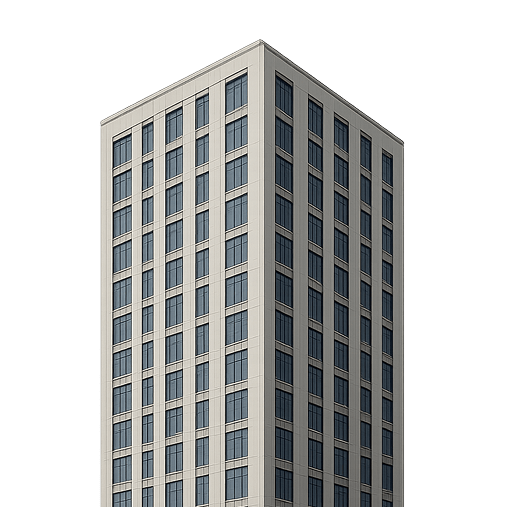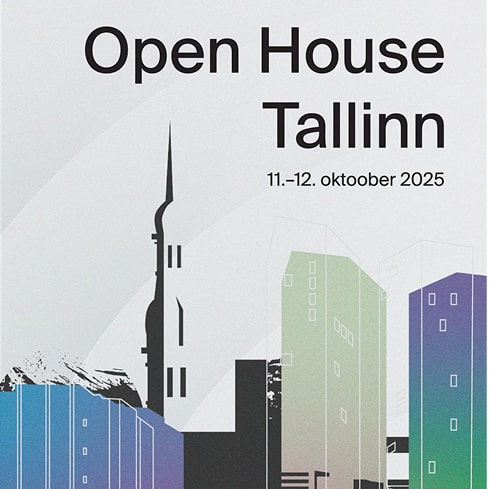Manufaktuuri
kvartal
Kunagisest Balti Puuvillavabrikust ehk Sitsi tehasest ning seda ümbritsevast kvartalist on kujunemas terviklik elu- ja ärikeskkond.
Väärtustades vabriku väärikat ajalugu, kujuneb sellest kaasaegne ja meeldiv linnaruum, kus on ruumi elada, töötada, hingata ja kulgeda. Valminud on Sitsi õunaaia kodud ning Manufaktuuri 7, kus on veel saadaval viimased korterid. Manufaktuuri 12 ja Manufaktuuri Vabriku hoone on hetkel ehituses.
uuenev
ajalugu
Endine väärikas minevik ei unune ‒ see areneb üha edasi. Vanade vabrikuseinte vahel sünnib uus elu ‒ tipptasemel elamute ja äripindadena. Hargnev lugu meenutab, et ka kõige jäigem kivi võib muutuda soojaks koduks, ja iga ruum võib kanda edasi nii ajalugu kui lootust. Manufaktuurist saab elav mälestus sellest, kuidas linn ja inimesed kooshingates uuenevad.
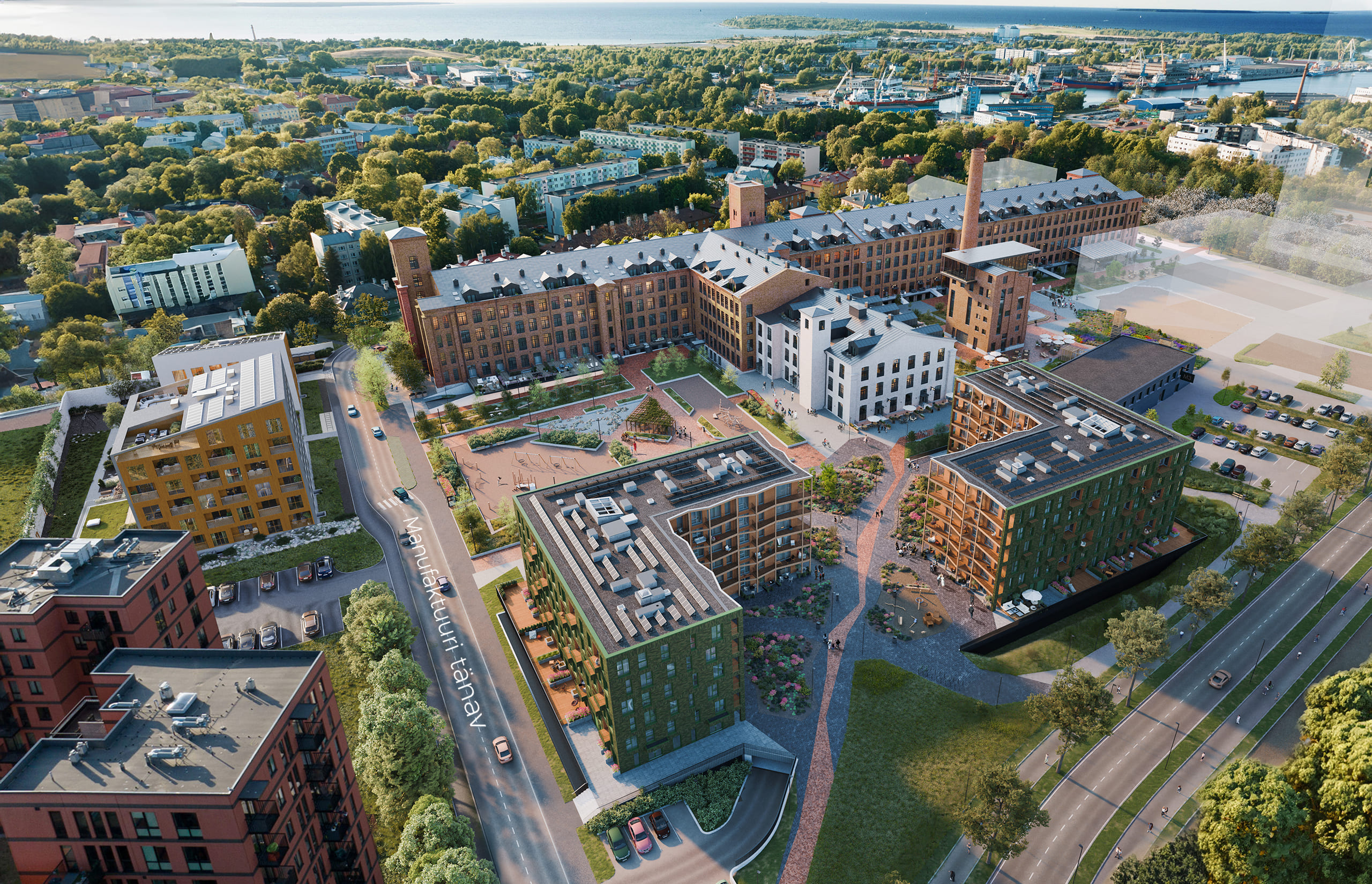
Vaata lähemalt
võimalus
sinu ärile
Manufaktuuri kvartal ei ole ainult elukoht ‒ see on eluline tervik. Kodud põimuvad äripindade, kultuuri- ja spordivõimaluste ning meelelahutusega, luues linna sees väikese linna. Kasuta võimalust saada osa uuest Põhja-Tallinna tõmbekeskusest, luues siia näiteks kõrgete lagedega büroo, hubase poekese või kohviku, kuhu iga kohalik ja kvartali külaline sisse saab astuda.
avasta Manufaktuuri ärid
kogemuslik
arhitektuur
Kvartali arhitektuur on loodud inimesele, mitte autole. Siin on läbimõeldud ruumilised lahendused ja ajatud materjalid, kus igal hoonel on oma nägu ja igal nurgal oma hingus. Tänavad ja sisehoovid kutsuvad jalutuskäigule, kus sammud ja rattavihin on olulisemad kui mootorimüra. Arhitektuur ei ole pelgalt ehitis, vaid kogemus, mis jutustab lugu kestvast kvaliteedist ja inimlikust lähedusest.
Kvartalis toimumas
Vaata kõiki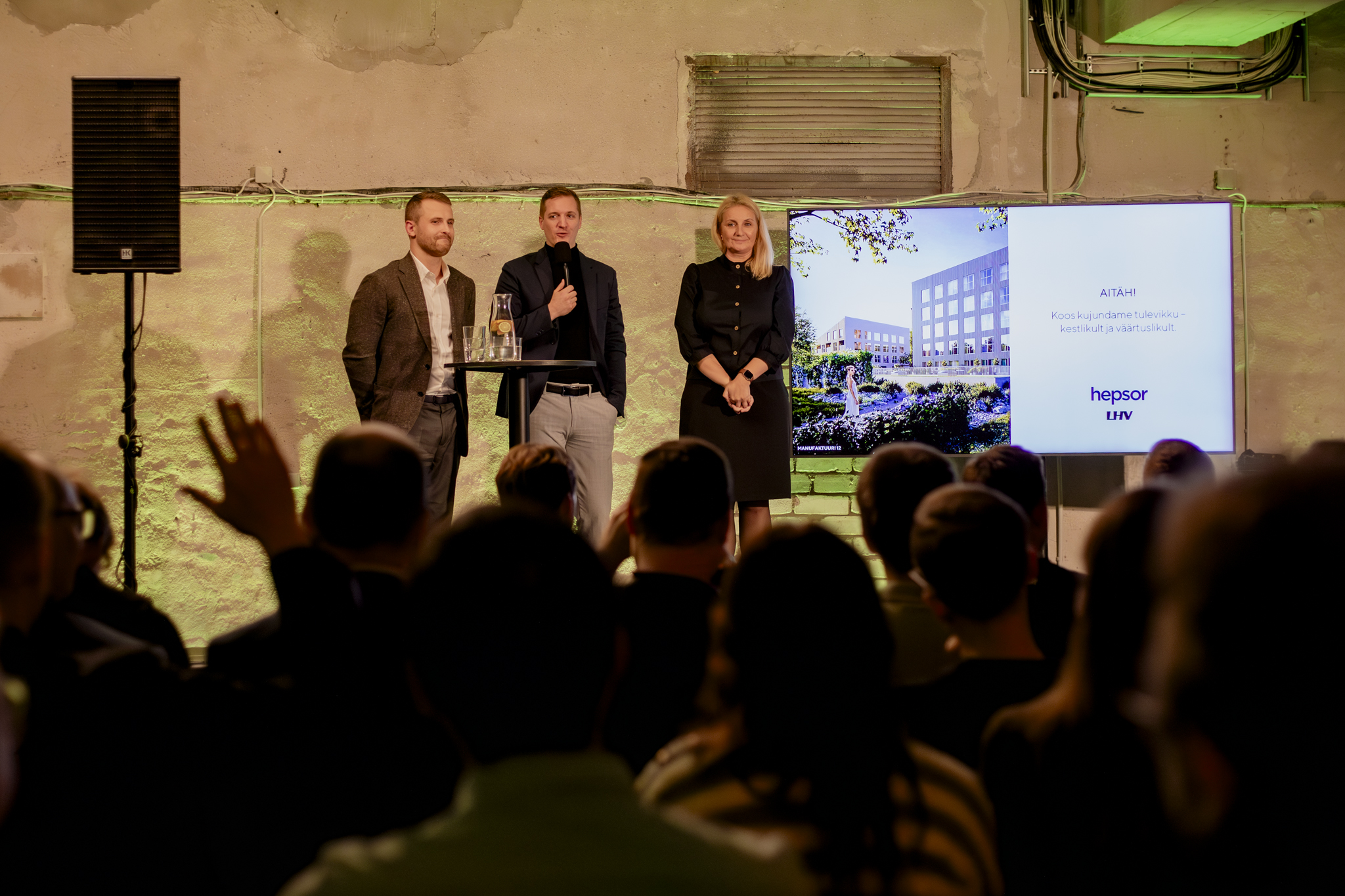
Hepsori investorõhtu vastavatavas lokaalis Suhe
13.11.2025

Noorkunstnike ühisnäitus Manufaktuuri 7/2 hoones
11.11-18.12.2025
